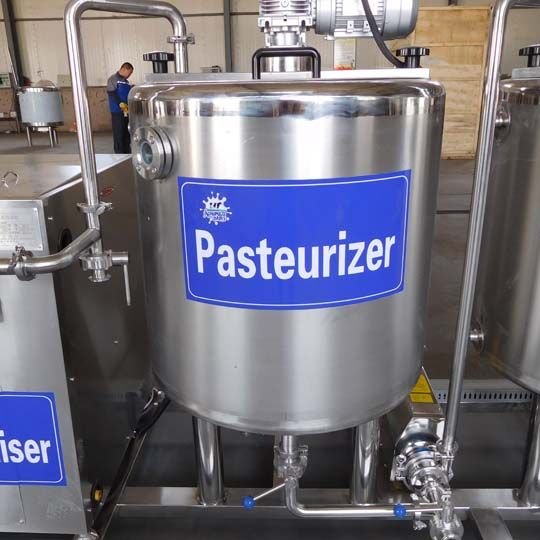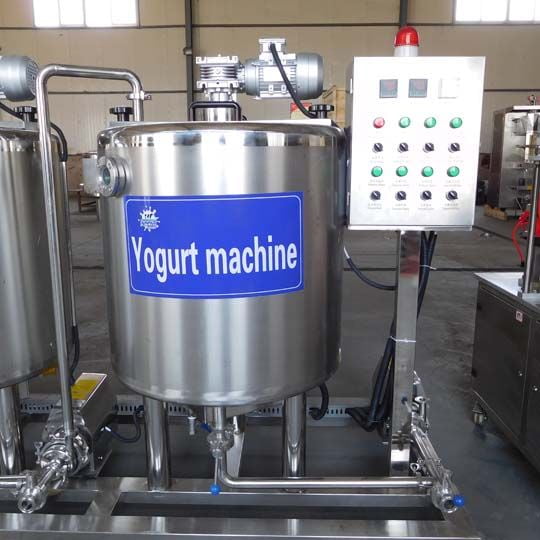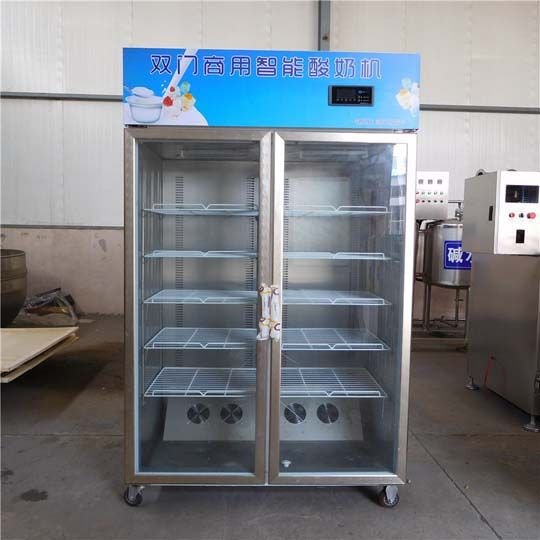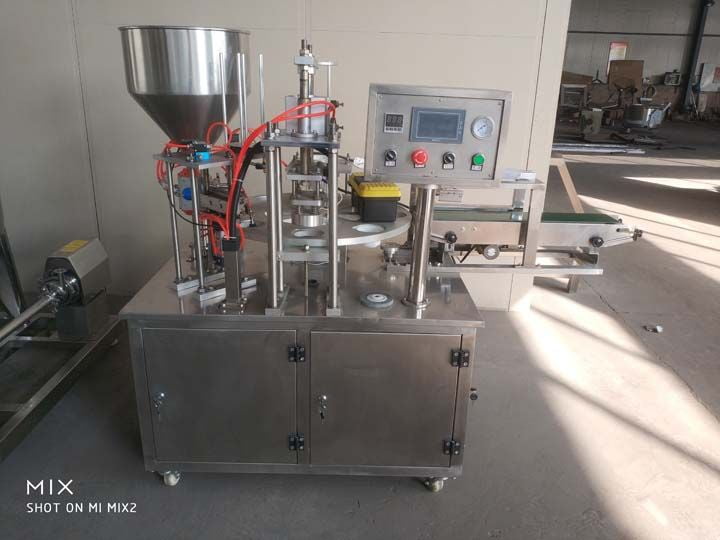Yogurt is a nutritious and mellow dairy product that is loved by consumers worldwide. For those who want to enter the yogurt production industry, it is crucial to understand the yogurt processing steps. In this article, we will analyze the production process of yogurt in detail with Shuliy’s yogurt processing line to help you better grasp the key aspects of yogurt processing.
Raw material preparation
The first step in yogurt production is the preparation of high-quality raw materials. The main ingredient is fresh milk or powdered milk, and supplementary ingredients may include sugar, jam, stabilizers, etc. The quality of the milk directly affects the final product. The quality of milk directly affects the taste and quality of the final product, so it is recommended to choose fresh, unpolluted milk sources.

Pre-processing (filtration and homogenization)
Before formal processing, milk needs to be filtered to remove impurities. Next, homogenization is carried out, i.e. the fat particles in the milk are broken up by a high-pressure homogenizer to make the yogurt finer and smoother in taste, while preventing the milk fat from floating up.
Sterilization
To ensure the safety of yogurt, milk needs to be sterilized at high temperatures, usually by pasteurization (kept for 40 minutes). This process can effectively destroy harmful microorganisms, while retaining the nutrients of milk.

Cooling to fermentation temperature
After sterilization, the milk needs to be quickly cooled to a temperature suitable for the growth of lactic acid bacteria (generally 40 ℃~45 ℃), to create an ideal environment for subsequent fermentation.
Inoculation of lactic acid bacteria
Add specific strains of lactic acid bacteria into the cooled milk and mix evenly. Lactobacillus is the key ingredient in yogurt fermentation. It breaks down lactose into lactic acid, which thickens the milk and produces the characteristic flavor of yogurt.
Fermentation
Fermentation is one of the core steps in yogurt processing. Milk is left at a constant temperature (40°C~45°C) for 6-8 hours to allow the lactic acid bacteria to fully ferment, turning the milk into yogurt with a solidified structure. This process results in a gradual increase in acidity and a more mellow taste.


Stirring and cooling
After fermentation is complete, the yogurt needs to be stirred gently for a more uniform texture and cooled quickly to about 4°C to inhibit further fermentation of the lactic acid bacteria and stabilize the taste and quality of the yogurt.
Adding toppings (optional)
If it is flavored yogurt, you can add toppings such as sugar, jam, nuts, etc. in this step to enhance the flavor and texture of the yogurt.
Packaging and storage
After the yogurt has been tested for quality, it is ready to be filled and sealed, using different ways of sealing such as plastic cups, glass bottles or aluminum foil packaging. After packaging, the yogurt needs to be stored in a refrigerated environment (2℃~6℃) to maintain freshness and taste.

Transportation and sales
Finally, the finished yogurt is transported through the cold chain to supermarkets, convenience stores and other sales channels to enter the market for consumers to buy and enjoy.
Conclusion
Although the yogurt processing steps may seem complicated, with the Shuliy yogurt production line, each step can be handled efficiently and automatically to ensure stable product quality. Whether you are a startup or a large-scale yogurt producer, mastering the right yogurt processing steps is the key to success.
